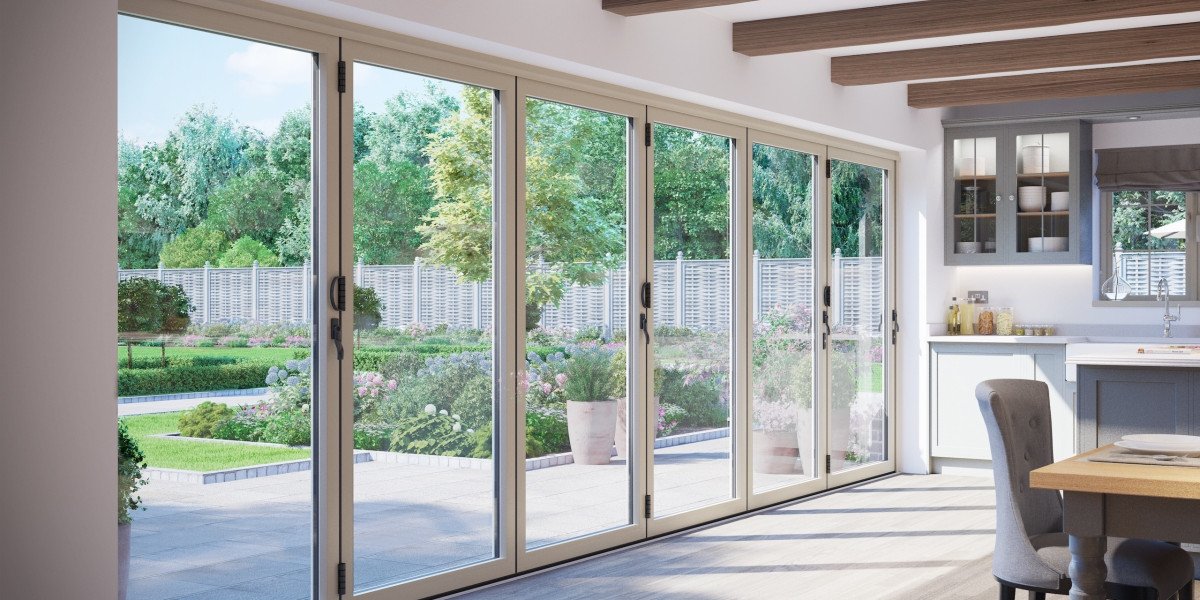The Voice Controlled Speaker market is experiencing rapid growth, driven by increasing consumer preference for smart home technologies and hands-free audio solutions. Voice-controlled speakers allow users to manage music, smart devices, and information retrieval through voice commands, providing convenience, efficiency, and personalized user experiences. The growing integration of artificial intelligence and Internet of Things (IoT) functionalities further enhances the appeal of these devices across households and commercial settings.
Get Sample Report of Voice Controlled Speaker Market @ https://marketintelo.com/request-sample/2073
Market Overview
The global voice controlled speaker market was valued at USD 4.5 billion in 2024 and is projected to reach USD 12.3 billion by 2035, growing at a CAGR of 9.8% during the forecast period. Market expansion is fueled by rising adoption of smart home ecosystems, increasing disposable incomes, and growing awareness of voice-enabled technology. The demand for wireless, high-quality audio solutions, along with multifunctional devices, is propelling the market forward.
Get Sample Report of Voice Controlled Speaker Market @ https://marketintelo.com/request-sample/2073
Market Dynamics
Drivers
Several factors are contributing to market growth. The rising need for convenience and automation in daily life drives the adoption of voice-controlled speakers. Consumers prefer hands-free operation for entertainment, home automation, and information access. Additionally, technological advancements in natural language processing and AI-based voice recognition improve device accuracy, making them more appealing to users.
Restraints
Despite positive growth trends, the market faces some challenges. High device costs and potential privacy concerns regarding data collection can hinder adoption. Moreover, compatibility issues with certain smart home devices and language limitations in voice recognition technology may impact market penetration in specific regions.
Market Segmentation
By Product Type
The market is segmented into smart speakers with displays, standard smart speakers, and portable voice-controlled speakers. Standard smart speakers dominate due to affordability and widespread compatibility with smart home systems. Devices with displays are increasingly popular in premium segments, offering video streaming, interactive features, and advanced control options.
By Distribution Channel
Primary distribution channels include online platforms, retail stores, and specialty electronics outlets. Online sales have surged, supported by detailed product information, consumer reviews, and doorstep delivery. Retail stores maintain a significant share, especially in regions where in-person product experience influences purchase decisions.
Regional Insights
North America leads the voice controlled speaker market due to high technology adoption, consumer awareness, and established smart home ecosystems. Europe follows closely, with strong growth in countries like Germany, the UK, and France. The Asia-Pacific region is emerging as a high-potential market, driven by increasing urbanization, rising disposable income, and expanding e-commerce infrastructure in countries such as China, India, and Japan.
Read Full Research Study: https://marketintelo.com/report/voice-controlled-speaker-market
Competitive Landscape
Major market players include Amazon (Echo), Google (Nest), Apple (HomePod), Sonos, and Bose Corporation. These companies focus on product innovation, strategic collaborations, and expanding retail and online distribution networks. Continuous improvement in voice recognition accuracy, integration with AI assistants, and design aesthetics remain key strategies for maintaining competitive advantage.
Market Trends
Several trends are shaping the industry. Integration with virtual assistants like Alexa, Google Assistant, and Siri enhances user experience and facilitates seamless smart home control. Portable and battery-powered speakers are gaining traction for on-the-go use. Additionally, energy-efficient designs, enhanced sound quality, and multi-device connectivity are increasingly influencing purchasing decisions. Sustainability initiatives, including recyclable materials and reduced energy consumption, are also gaining importance among environmentally conscious consumers.
Future Outlook
The future of the voice controlled speaker market looks promising. With ongoing technological advancements and increased consumer adoption of smart home solutions, these devices are expected to become more intelligent, versatile, and user-friendly. Collaborations between tech companies and smart appliance manufacturers are anticipated to drive innovation, expanding applications in entertainment, communication, and home automation. The market is projected to maintain a CAGR of 9.8%, reaching USD 12.3 billion by 2035, highlighting significant growth opportunities for industry stakeholders.
Conclusion
The global voice controlled speaker market demonstrates strong potential, fueled by convenience, smart technology integration, and evolving consumer lifestyles. Companies focusing on innovation, enhanced functionality, and sustainability are well-positioned to capitalize on emerging opportunities. With continuous adoption of smart home ecosystems and AI-driven functionalities, voice-controlled speakers are set to play an integral role in modern households and commercial environments, offering substantial prospects for manufacturers, investors, and technology providers.
Related Report








